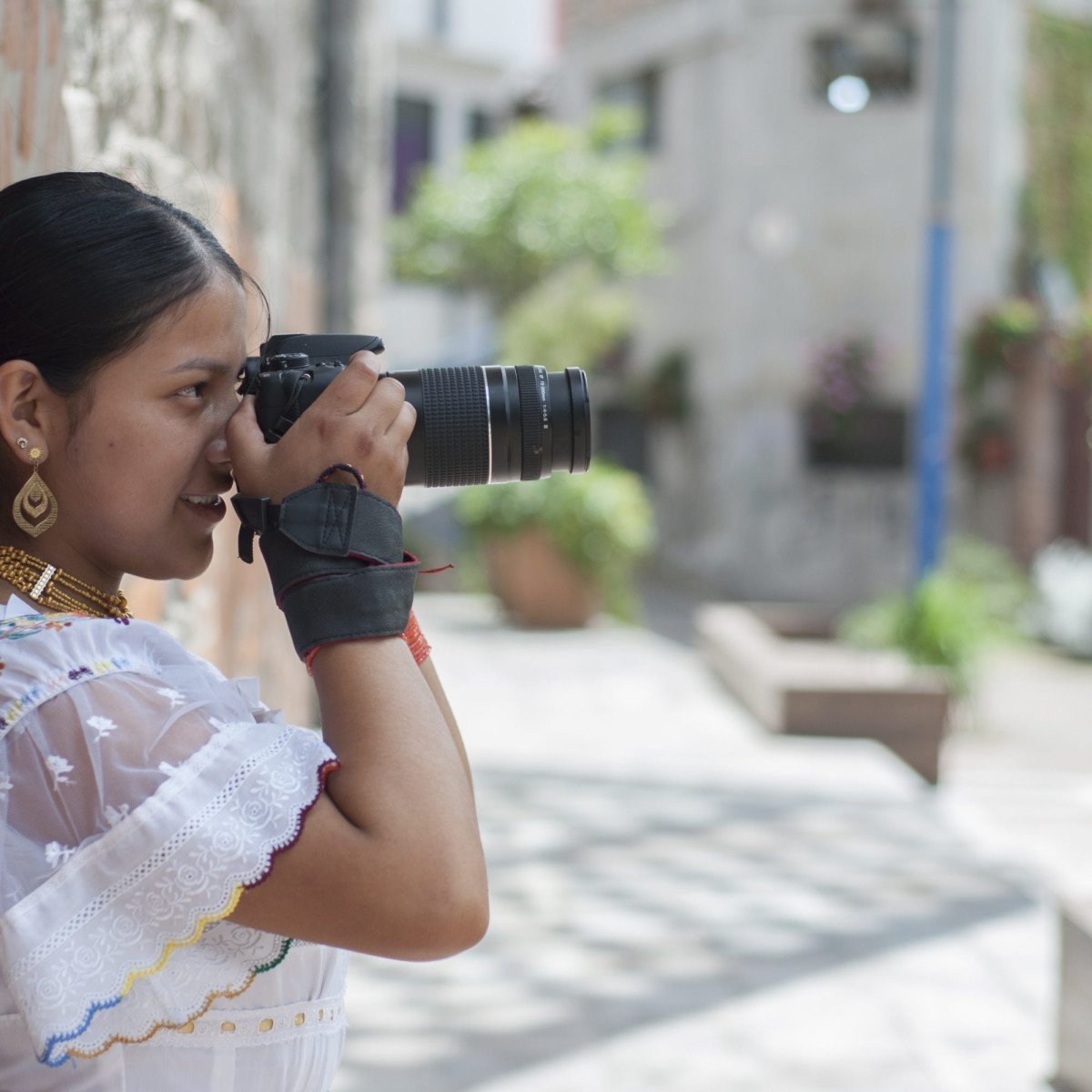I’ll never forget the time I was strolling in a quaint English village with my camera in hand. A picturesque old man was feeding pigeons and I thought, what a perfect shot that would be! But then, a question crossed my mind: do I ask for permission or just take the picture?
Does this scenario sound familiar to you? Have you ever wondered where the line is drawn between capturing candid beauty and overstepping personal boundaries? In the world of photography, these considerations often transform into serious ethical dilemmas. The surprising fact? An alarming percentage of photographers, especially newbies, remain unaware of the ethical rules they should be following.
Understanding Photography Ethical Practices
‘Shoot, don’t shoot; ask, don’t ask’, is the unending debate that we regularly cycle through in our minds. The various grey areas in photography can leave many floundering. But why are we wrangling with this in the first place?
Last week, during one of my workshops, a participant named Sarah summed it up in one sentence: ‘You can learn all about shutter speed and aperture, but no one teaches you when to hit and when not to hit the shutter button.’ This conversation sparked a deeper discussion on photography consent and inspired the following guide for beginner photographers.
1. Prioritize Consent
Always remember, just because you can snap a picture, doesn’t necessarily mean you should. Approaching your subjects for photography consent can not only help you avoid unwelcome confrontation, but also respect individual privacy. It’s always better to ask!
2. Be Respectful of Public Spaces
‘This landscape would look better without that trash can in the frame, wouldn’t it?’ While the temptation to move objects for that perfect shot is real, learn to capture the scene as is. The true essence of a place is preserved in its raw, untouched beauty – and that’s something every photographer should appreciate.
3. Balance Honesty and Artistry
We’ve all been in that tricky spot, deciding whether to edit out that distracting power line from a scenic shot. In such scenarios, maintain an equilibrium between preserving authenticity and creating an aesthetically pleasing composition. Make sure your sheer artistry does not mask the reality unless you are working on projects where digital manipulation is a known and accepted component.
4. Acknowledge Cultural Sensitivities
When photographing in unfamiliar environments, it’s crucial to understand and respect local customs and traditions. What might seem photogenic to you could be a sacred symbol to another. A bit of research and local interaction can go a long way in ensuring cultural sensitivity.
5. Avoid Unnecessary Intrusion
It’s great to capture genuine moments, but remember to keep a respectable distance. Imagine being on the other side of the lens to gauge if you’re crossing any personal boundaries with your subjects. Your camera should capture stories, not cause discomfort.
6. – 10. To be Continued…
While these rules provide a solid start, there’s more to delve into as we strive to navigate the intricacies of photography ethics. So, what now? Do you feel better equipped to keep these ethical considerations in mind while capturing your next shot? Remember, engaging with your surroundings thoughtfully can make all the difference. After all, photography is not just about seeing with the eyes, but also understanding with the heart.


0 Comment